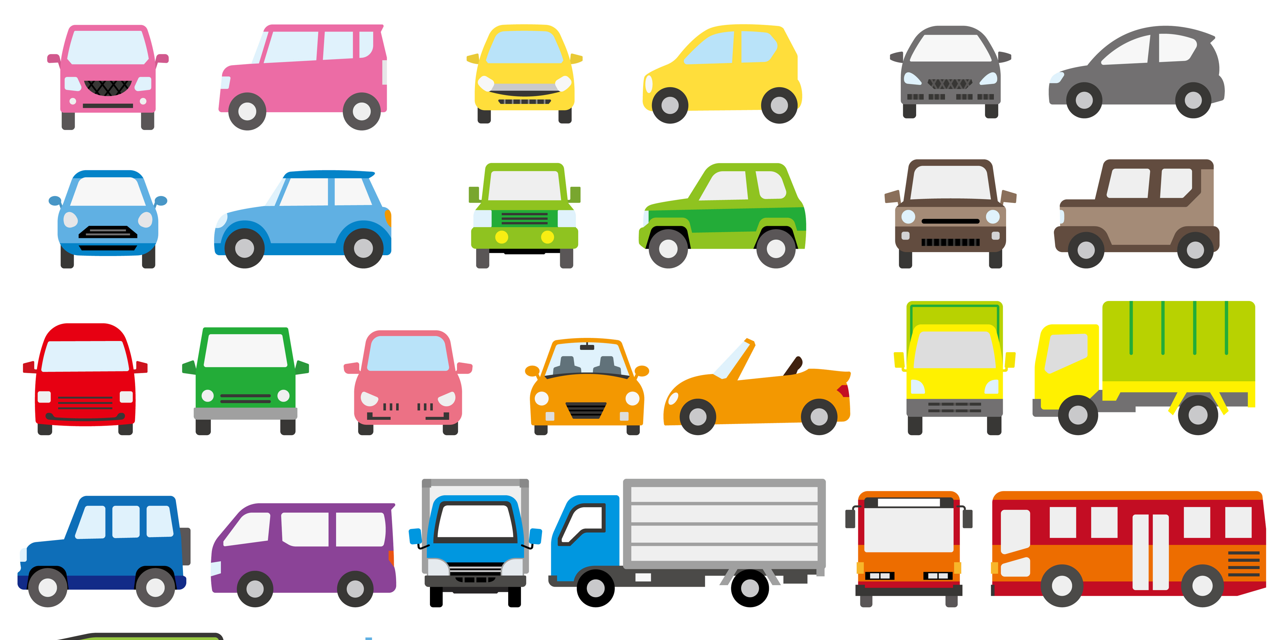The vehicles represent a significant part of the road scenario, varying in size, capacity and purpose. Understand the distinction between light and heavy vehicles It is essential, not only for automotive enthusiasts, but also for those seeking to understand traffic regulations and the specific characteristics of each category. Let's explore some of the differences between these two types of vehicles and their subdivisions.
After all what is a vehicle?
A vehicle is any device with or without motor whose purpose is to transport people or goods.
In case they are motorized vehicles circulating on public roads, they need to be identified and enrolled in accordance with their technical specifications by the competent Authority -the DGV.
Automobiles: a category of vehicles
Automobiles are a category of motorized vehicles with their own propulsion, equipped with at least four wheels, with a tare of over 550kg and a top speed of 25km/h. They are intended for the function of circulating on public roads without the need to depend on carris.
The cars are divided into two categories: light and heavy.
Light Automobiles
Gross weight: equal to or less than 3500kg.
Stocking: less than 9 seats (counting on the driver).
Heavy cars
Gross weight: greater than 3500kg
Stocking: Over 9 seats (counting on the driver)

Within the categories of light and heavy automobiles, there is a subdivision based on the use of the vehicle.
Passengers: They are vehicles designed specifically to transport people.
Goods: They are vehicles designed to carry load or goods.
As detailed in the stay code, in addition to these previously indicated conventional types, there are also cars that are intended for the performance of specific functions. Since they do not transport passengers or goods, they are considered special vehicles according to applicable regulations.
The distinction between light and heavy vehicles is crucial to understanding not only technical specifications and regulations, but also for practical purposes, such as the use and application of these vehicles on a daily basis. Understanding of Automobile classifications and categories It assists both automotive and those who need detailed knowledge for legal and operational issues.
Knowledge about these distinctions not only helps to improve the road safetybut it also contributes to a broader understanding of the world of motor vehicles.





